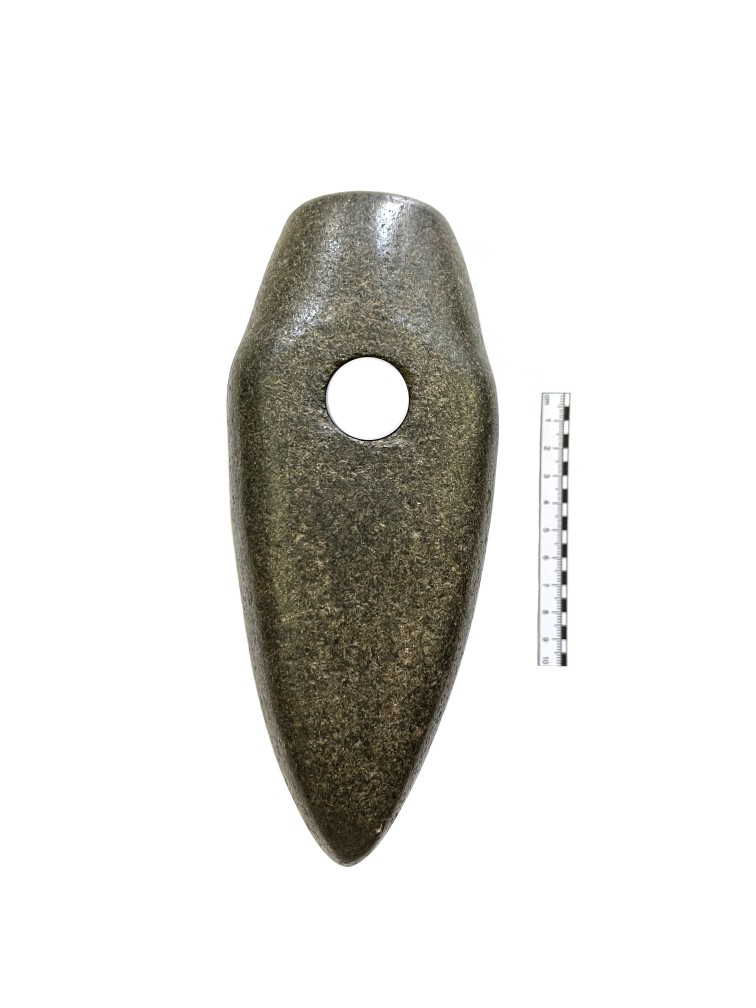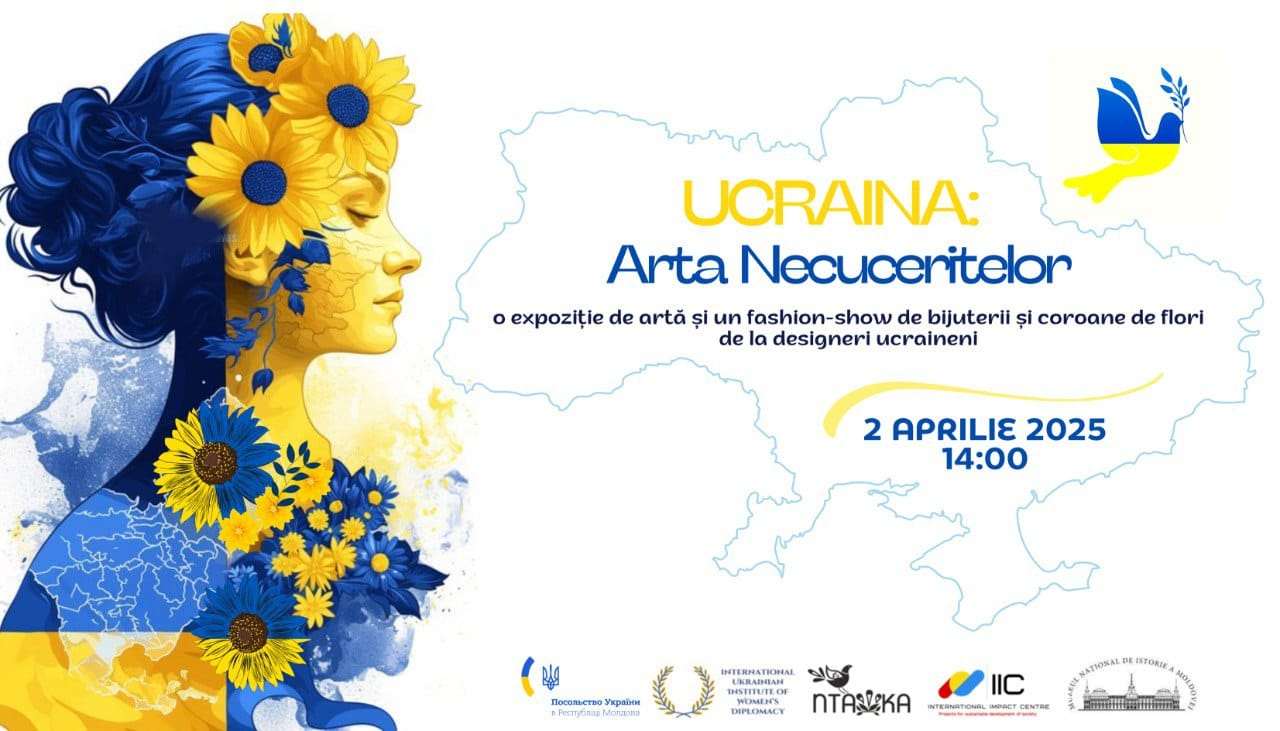International Museum Day 2016
Every year since 1977, on May 18th, is celebrated the International Museum Day at the initiative of The International Council of Museums (ICOM) in order to promote and to make the public aware of the role of these cultural institutions in the society. In 2016 this day has the theme „Museums and cultural landscapes".
The program prepared on this occasion by the National Museum of History of Moldova included:
13th May, 12.00
Opening of exhibition of porcelain from Hungary „Shining Herend". The exhibition was organized in cooperation with the Hungarian Embassy in Moldova and Herendi Porcelánmanufaktúra Zrt. (Herend Porcelain Manufacture A.S.) and was held under the patronage of the Ministry of Culture of Moldova. The opening ceremony was attended by a large audience with H.E. Mátyás Szilágyi, Ambassador of Hungary in Moldova; Monica Babuc, Minister of Culture of Moldova and dr. hab. Eugen Sava, General Director of the National Museum of History of Moldova, who spoke words of greeting.
18th May, 10.00-17.00
Open doors day.
The permanent and temporary exhibitions were open for visiting.
Throughout the day were held creativity workshops for children „History and art of writing" and „Mysteries of prehistoric pottery".
In the museum film library „Clio" were projected four documentary films, which promote the cultural heritage and historic traditions:
- „Byzantium - a lost empire";
- „Nefertiti - queen of Egypt";
- „Chișinău of past days";
- „National values in modern education".
Starting with 13.30 was held an entertainment program „Two hours of recreation at the museum". From the program:
- games and competitions with museum heritage thematic;
- concert performed by the groups of the Center for Aesthetic Education „Lăstărel": vocal bands „Tinerețe floare", boys choir „Academia Campanelli", group of violinists, folk dance group „Brâuleț", vocal band „Solo", group of pianists, vocal band „Ell-By-Star", group of accordionists.











 31 August 1989 St., 121 A, MD 2012, Chisinau, Republic of Moldova
31 August 1989 St., 121 A, MD 2012, Chisinau, Republic of Moldova


























































